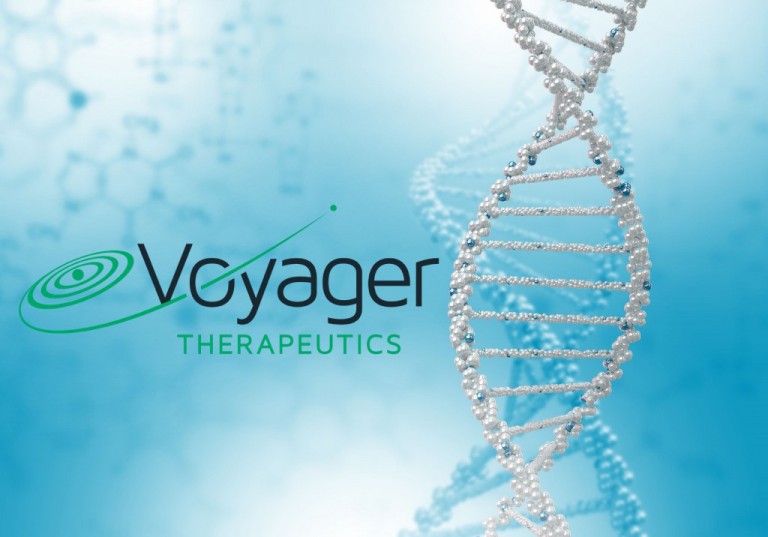
The biotech IPO space has been sparse over the last few months, as a number of high profile offerings have delayed or fallen through on weak capital flow expectations. One that did go through, however, and (arguably) successfully, was that of Voyager Therapeutics, Inc. (NASDAQ:VYGR). The company launched to NASDAQ with an $80.5 million draw ($72.7 million net), and across the subsequent four weeks gained 70% to log 2015 highs of a little over $30 a share.
Click Here For More Market Exclusive Updates & Analysis
At last close, however, Voyager stock traded at just $10.5 a share, 65% off highs. There haven’t really been any major fundamental updates to drive this decline – a few reiterated ratings by analysts, a financial report with no real surprises and, most recently, the promotion of its senior vice president of finance and business development, to chief financial officer – suggesting the decline comes on the back of wider biotech weakness rather than a sentiment shift specific to the company.
In turn, it flags the company as a potential discount entry. If market perception drove the company to highs on the potential of its pipeline, then that valuation could well be more accurate than today’s. Of course, and as always, there are some stumbling blocks to regaining that valuation. Let’s have a look at what the company is developing in an attempt to determine whether the current price is justified.
The company’s pipeline contains five candidates, each with a separate CNS target. Only one, however, is anywhere near commercialization, and even that is a good few years from an NDA. With this in mind, the assumption is that the company’s valuation is rooted in the potential of this one candidate – VY-AADCO1 – a Parkinson’s disease drug. We’ve discussed the Parkinson’s space a few times before on Market Exclusive, but if you’ve missed these discussions, they all boil down to one thing: Parkinson’s is notoriously difficult to treat. More than 90% of Parkinson’s drugs fail to demonstrate efficacy in phase III, and they can be very costly to develop due to the comparative lack of scientific understanding we currently have about the root cause, and progression, of the disease. Having said this, it’s one of those “holy grail” areas. A company that successfully develops a cure has a fast track to blockbuster status, which is why so many companies allocate so high a level of resources to the space.
The company has developed what it calls AAV technology, which is a way to deliver a transgene into a patients CNS. Transgene is just a term for the introduction of a gene into a patient – in this instance it’s achieved using a viral vector. With VY-AADCO1, the gene that codes for the production of an enzyme called AADC is introduced. Parkinson’s patients gradually lose the ability to produce AADC, which is essential in converting what’s called levodopa to dopamine – and the lack of dopamine causes the symptoms associated with disease progression.
Similar treatments are available generically in pill form, but their efficacy reduces the longer a patient takes the drug. By introducing AADC producing genes, Voyager is hoping its treatment will overcome this efficacy degradation. The drug is currently in a phase Ib, so we’ve not got much to go on from a data perspective, but topline is expected during the second half of this year. If we get proof of concept from the trial, it could quickly add some upside to Voyager’s market cap.
There are downsides, however. The treatment requires surgical administration, and many Parkinson’s patients are elderly and – as such – risky candidates for surgical procedures. This will play into the risk benefit analysis performed by the FDA if the drug reaches that stage. Additionally, the company is hemorrhaging money. It netted a $22 million loss for the nine months to September last year, and these losses will increase as the development timeline progresses.
On the other side of the coin, Sanofi (NYSE:SNY), through its subsidiary Genzyme, is funding a large portion of the trial, having announced what what could amount to an $845 million deal this time last year.
So what’s the verdict? Well, it’s a risky allocation – that’s a sure thing. Having said this, it’s got the backing of a biotech behemoth and a pipeline of new approaches to CNS diseases – a very lucrative market if any reach commercialization. Topline will be pivotal in forming a bias. If we see efficacy, expect some upside and a reversal in sentiment to bullish. If not, the company could be looking at a considerable hit.




